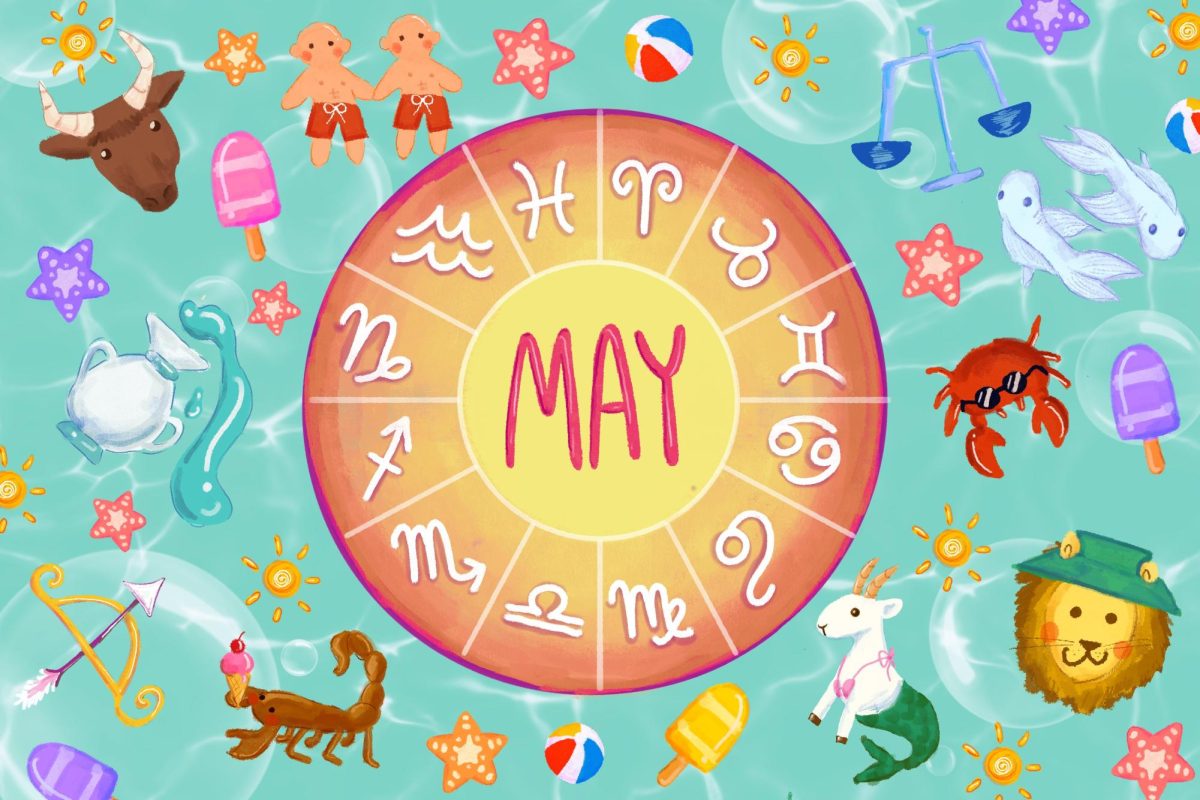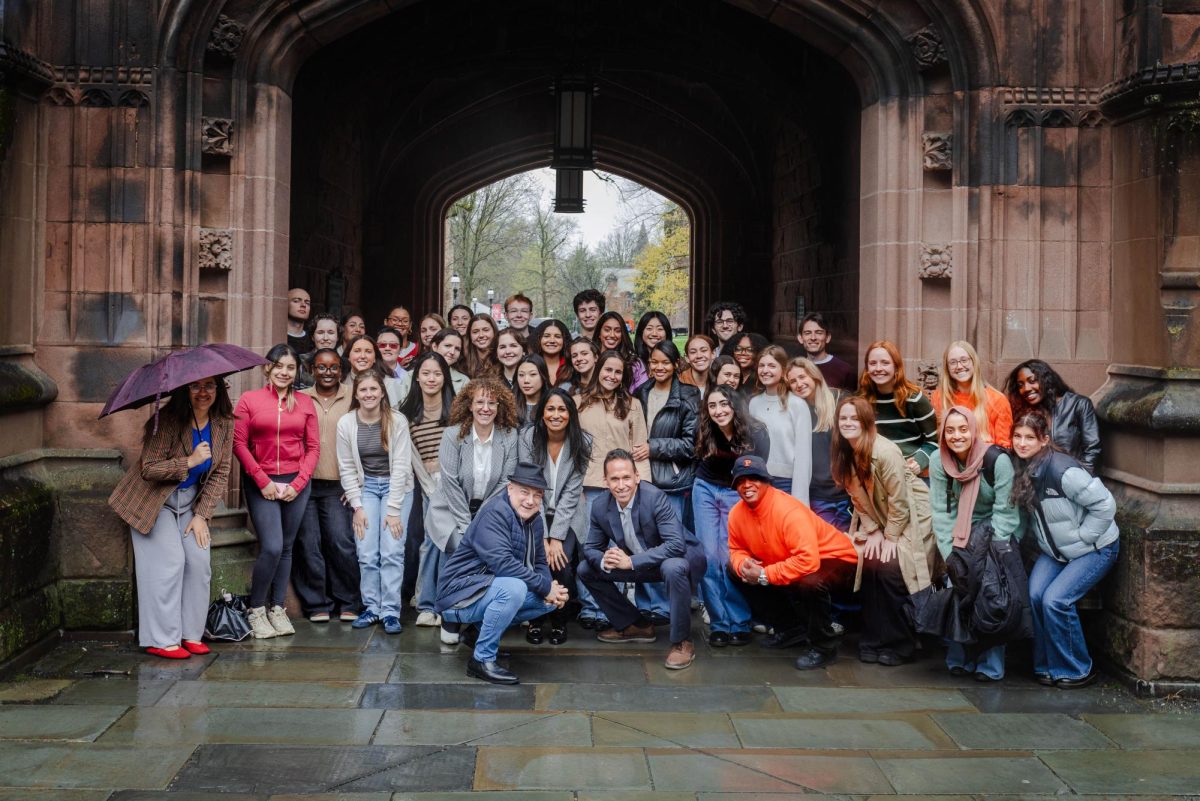I can never get over the visceral mysticism of watching Ivan run away into the waters at the end of Andrei Tarkovsky’s iconic film “Ivan’s Childhood.” The jet black-and-white grains chase each other in a choreographed dance of light and shadow that is eternally mesmerizing on film.
Just a few days after watching the flickers of Ivan for the umpteenth time, we learned during a tech session in class to use the auto setting on our digital cameras as a panic button in difficult circumstances. Basically, it is an easy way to forgo learning the science of shooting and attaining movie magic with a simple click of a button — a part of a streamlined program that has eliminated film stock and transitioned us to digital education. I’m sure Tarkovsky had that option in the field.
And then, as if the universe was pulling all the strings to my song of frustration, Clay Shirky, an adjunct professor at NYU who specializes in media’s transformation of the information economy, spoke to an introductory to journalism class about what he believes is the inevitable and necessary death of print.
We are consistently reaching new technological zeniths to engage consumers through innovation. But the convenience of digital modernism is also an ugly Achilles heel. Rather than beneficial advancement, we face imminent displacement.
The Internet runs rampant with Instagrammed iPhone photos filtered to resemble film, their owners shamelessly branding themselves as vintage photographers who produce images on par with those developed by the darkroom workhorses who actually defined our visual histories.
Faux-retro digital filters have enabled the demise of Kodak stocks and traditional, effort-based media education. Then there is Internet news, which absolves the pressure cooker strains and responsibilities of a print newsroom, lacking the privilege of rectifying factual errors with a quick mouse click.
These changes may wreak minimal anguish upon the mainstream audience eager to embrace progress. But for the generation that grew up on breakfast table newspapers and film grain at the local cinema houses, accepting this displacement is painful, not just nostalgically, but also in terms of day-to-day practice. Our grandparents probably will not head out to Best Buy for an iPad to read their news or stream their movies. According to Shirky, that’s their loss. In a digital world, it’s survival of
the fittest.
There are two faithful fighters that can save history from its figurative death — the people who refuse to see nostalgia as a fad and the professionals who refuse to sacrifice the roots of their craft. Despite the advent of state-of-the-art digital projection in theaters that has rendered the need for traditional 35mm prints invalid and websites that make print appear ancestral, production isn’t just about convenience. It is about quality. As long as the strong-willed refuse to compromise their ideals, digitalism may roar onward alongside an equally present current of tradition.
For me, even when “Ivan’s Childhood” has been restored in the highest-quality format that will soon replace Blu-Ray, I will still watch an ocean twirl against a backdrop of black-and-white flickers. This is the absolute experience.
A version of this article appeared in the Wednesday, Oct. 17 print edition. Siddhi Sundar is a staff columnist. Email her at [email protected].






















































































































































